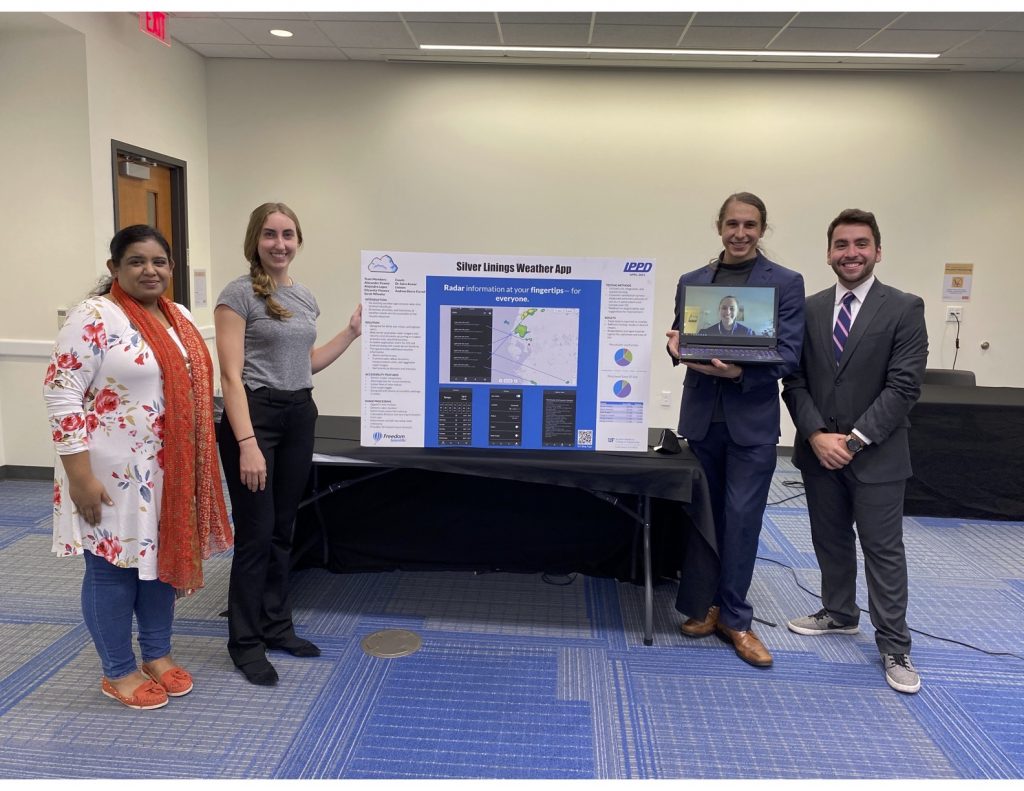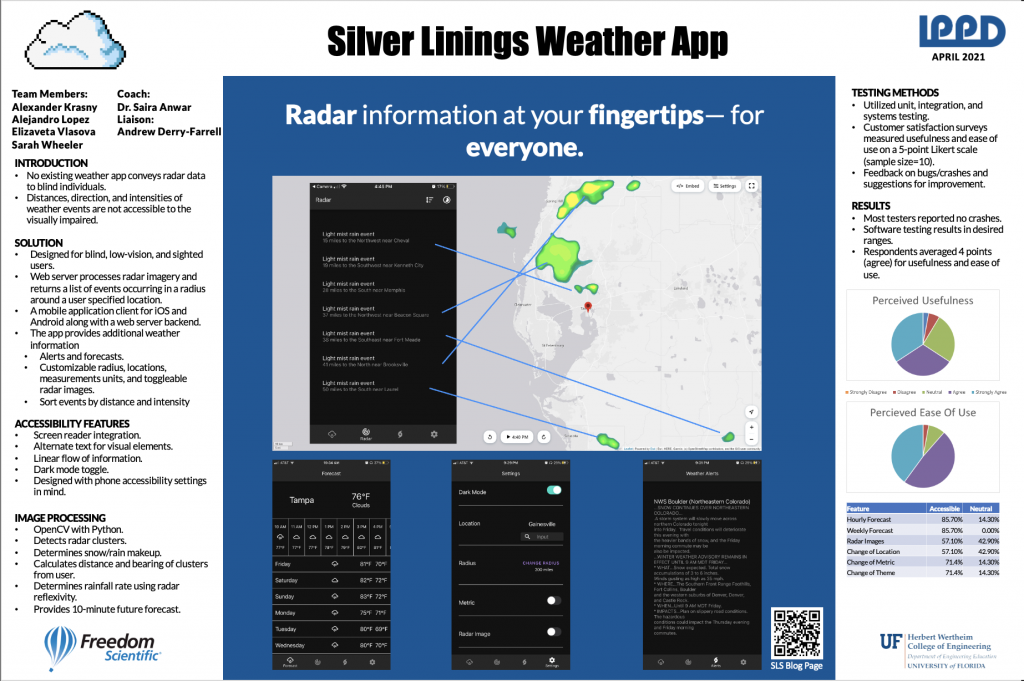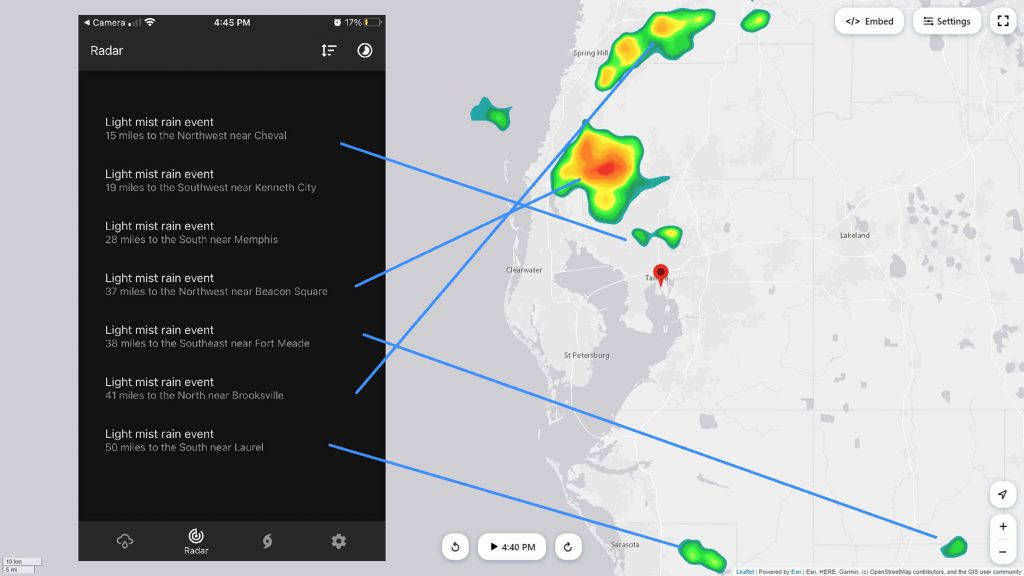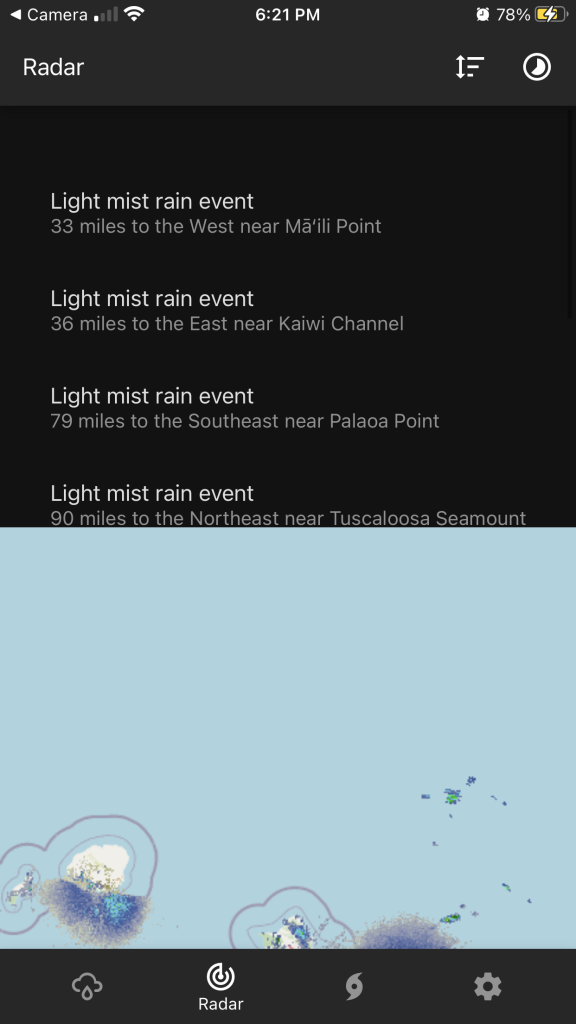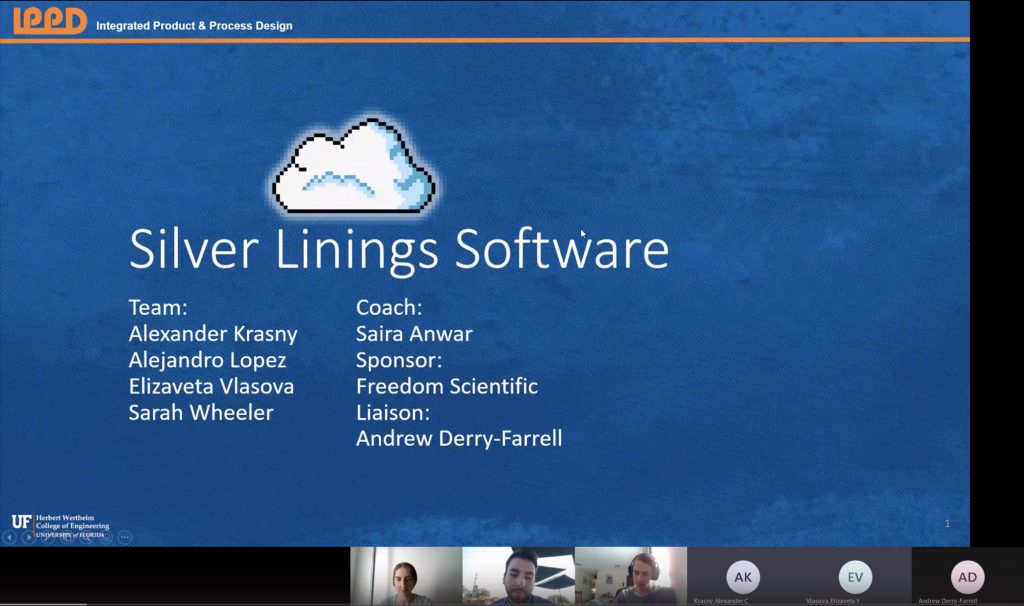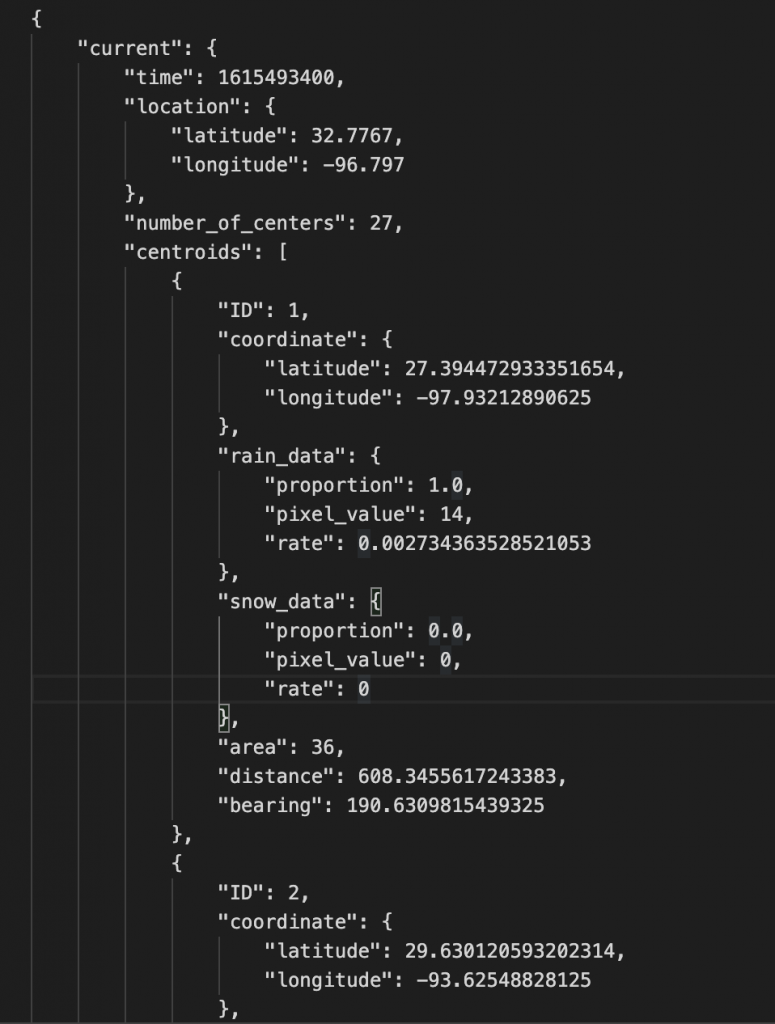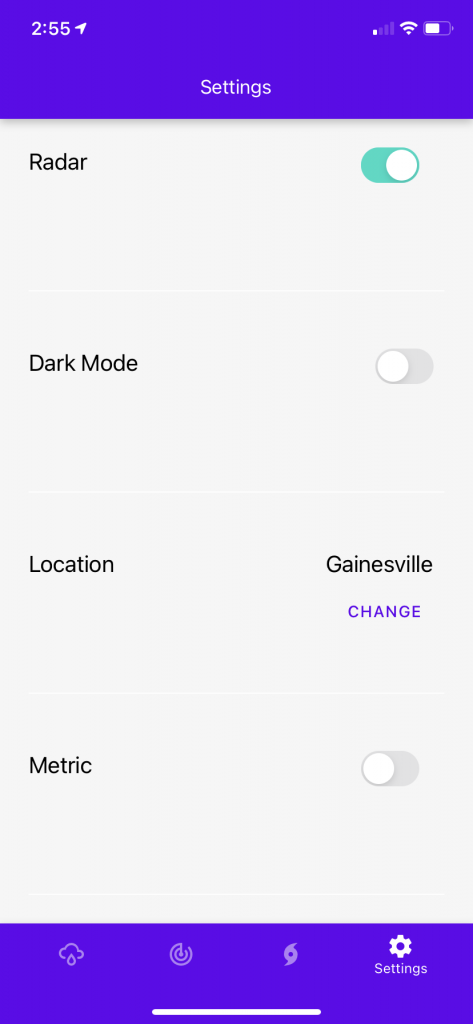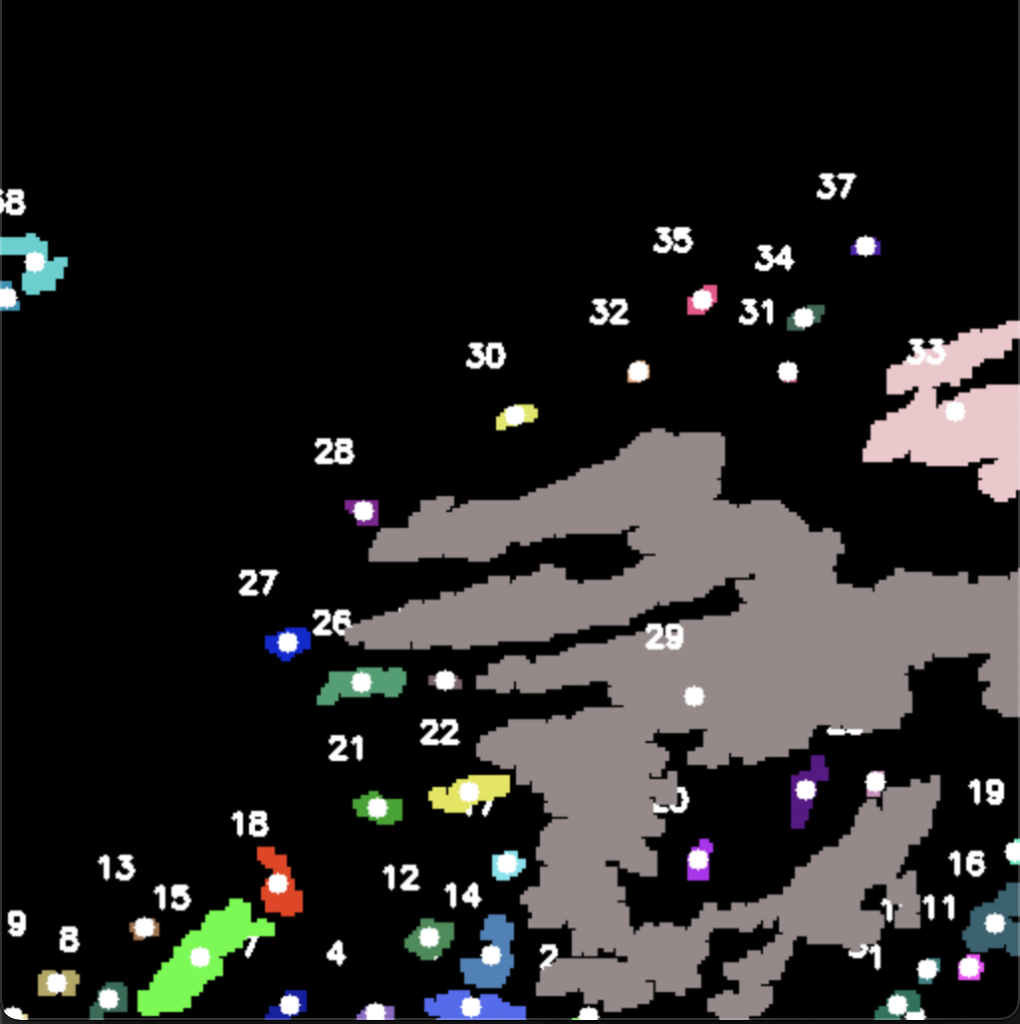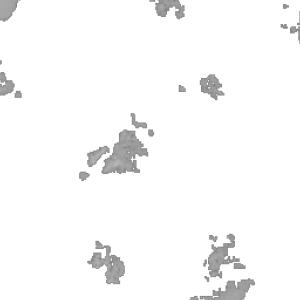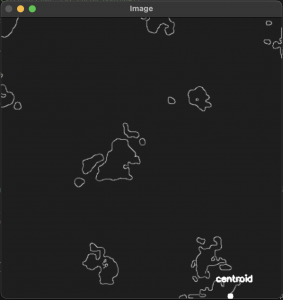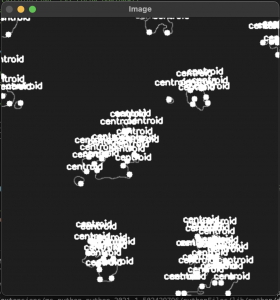We did it! We presented our FDR presentation and we think that it went really well. We practiced our presentation quite thoroughly, and got some last minute feedback before presenting. All in all, the whole FDR event was very fun and very rewarding. We really enjoyed meeting each other in person for the first time, as well as meeting our awesome coach. There is still quite some work to be done before we’re completely finished.
We are currently working on getting the final revisions done on the FDR report. Our coach and liaison have given us extensive critiques that have really helped to improve the report significantly. Once we are done, we will send it to the coach and liaison for their signatures, and then ultimately submit it. Furthermore, we are working on commenting all of our code and finalizing all of the code documentation. This includes inline/block comments, a README file for the Github repository, and documentation that explains how the code works. This is to ensure a smooth handoff to the sponsor company, and so they can build on our work. All in all, IPPD has been an amazing experience, and we have all grown so much as code developers, presenters, writers, and professionals.
